Q & A with Allied Craftsman 2016 artists
The annual juried exhibition for the Allied Craftsman of San Diego is currently exhibited at Sparks Gallery until July 14, 2016. SG asks each artist: “How did you learn your craft?”

Alexandra Hart in the Studio. Photo credit Peden & Munk
Alexandra Hart: From my earliest memories, I have always been a details oriented kid- and jewelry was an obsession soon after- so figuring out how to study it was a long pursuit. When a class in metalsmithing entered my life in high school it was like striking gold. After that, learning my craft was a combination of working in the field as a jewelry designer, attending undergrad and graduate programs, and discovering my own techniques through experimentation, which of course, continues today. There is no end to learning!
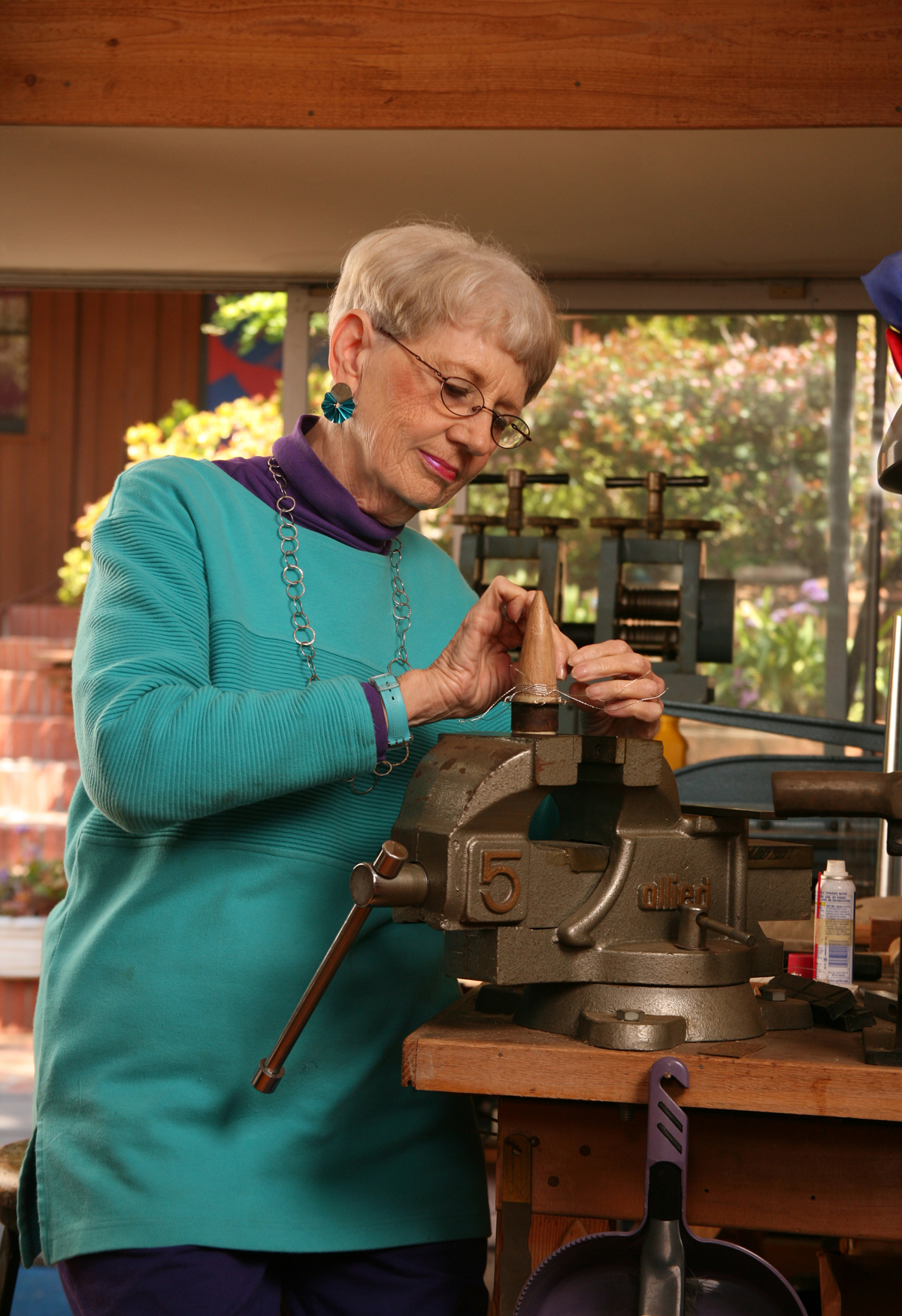
Arline Fisch
Arline Fisch: I began studying metalwork in graduate school at the U. of Illinois. I then studied in Denmark at the Goldsmiths’ School in Copenhagen on a Fulbright grant.
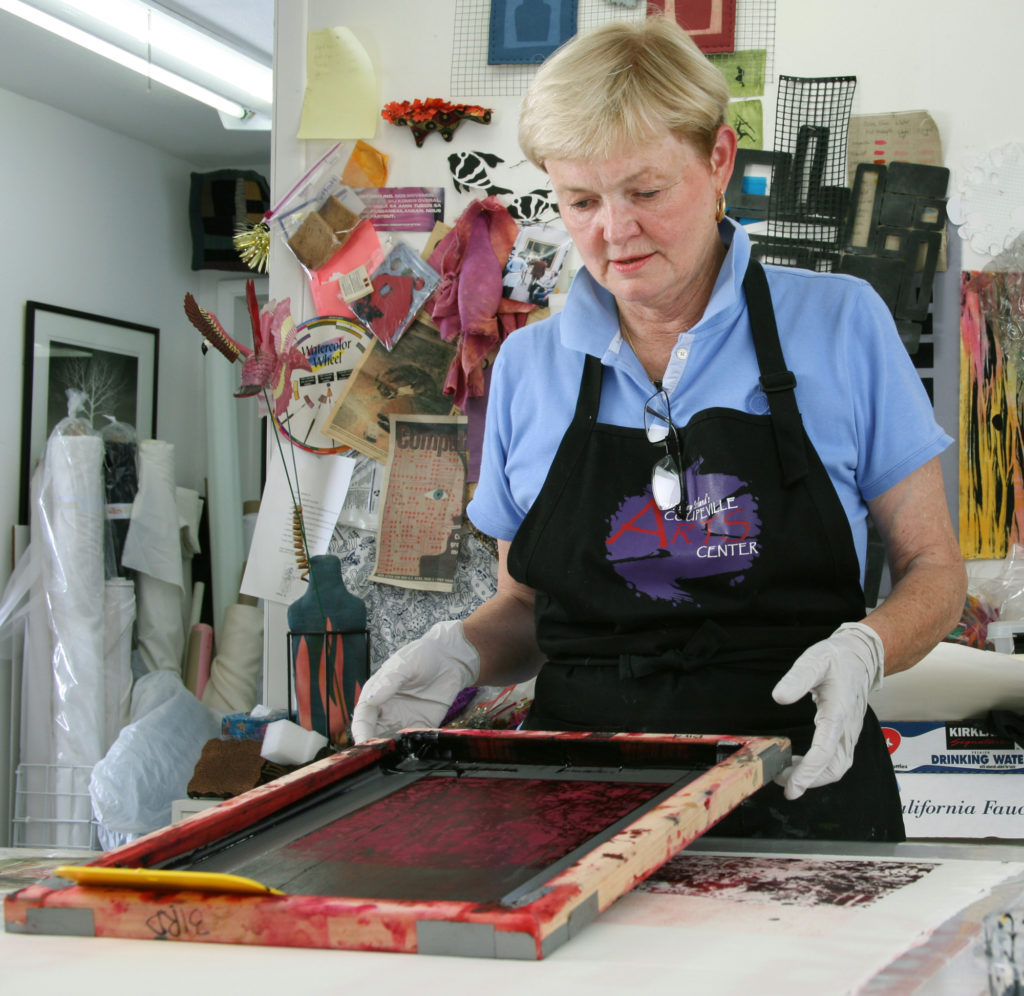
Charlotte Bird painting
Charlotte Bird: I been a full time studio artist for more than thirty years. At an early age, I learned to sew and construct clothing and other forms from my mother. My lifelong love affair with textiles has produced contemporary wall quilts, three dimensional sculptures and one of a kind artist’s books. Charlotte Bird dyes, prints and silk screens her own fabrics.
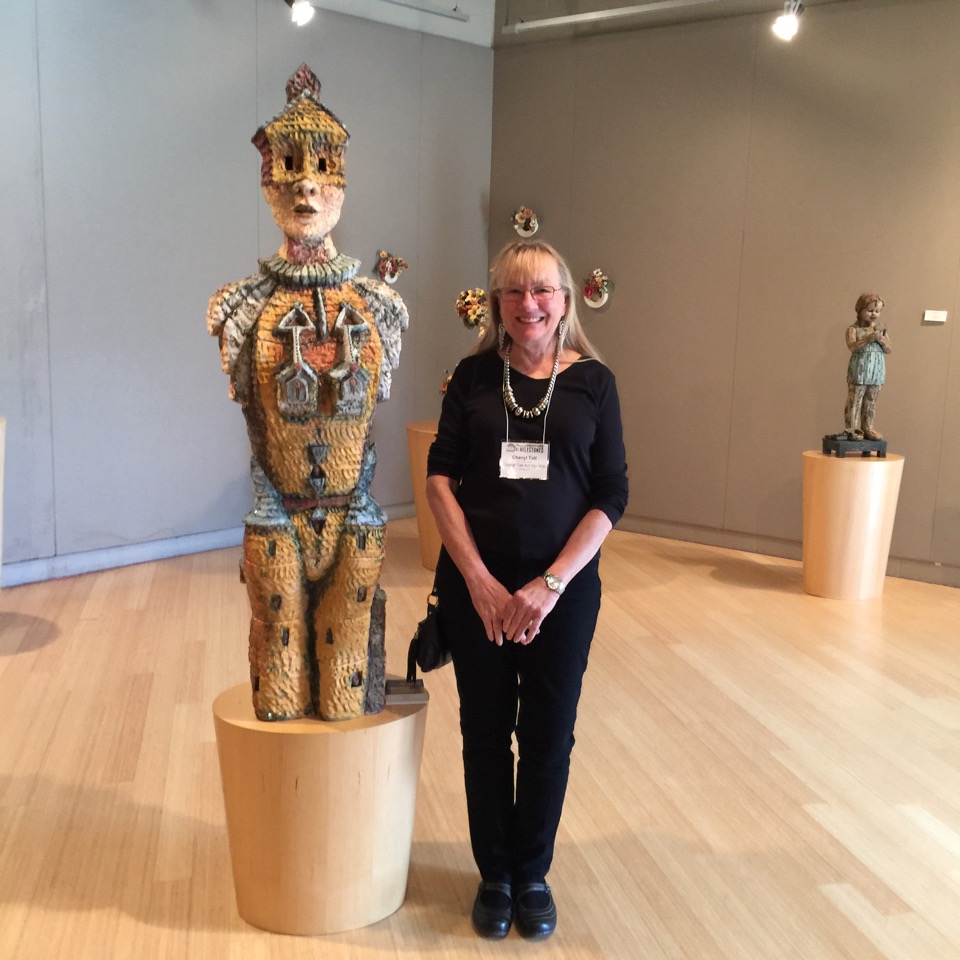
Cheryl Tall with Zelda
Cheryl Tall: I was lucky to have parents who liked the arts and provided materials for my siblings and myself to color, draw, cut and paste. Frequently, on the weekends, our parents would take us to one of the many outdoor art fairs in central Florida.
I was 13 when I sold my first artwork, a lino print of an elf, to one of my teachers. I was so proud! And then, at 17, I won a UNICEF contest to have my picture travel around the world as part of a student exhibition.
I was married and divorced before age 25. I helped to support myself and my son on making and selling things in outdoor fairs. I put myself through college, of course studying my favorite subject, Art! By this time, I was too busy to do outdoor fairs, so I created custom ceramic works for interior designers.
I married again, had two more children, and went to grad school at University of Miami, majoring in ceramics and fine arts. I wanted to do a more personal type of work, so developed my present style of coil built large figurative sculpture.
I finally found my niche, and can hardly wait to get to the studio each day to work on new ideas! I have been very fortunate to get excellent coverage of the work in books and magazines, win awards, and get selected for prestigious artistic residencies in France, Japan, Hungary, Canada, Mexico, Greece and the United States.
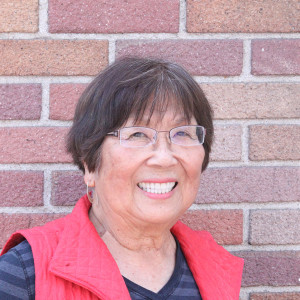
Dot Kimura
Dot Kimura: It was ” love at first touch” when I took my first class in college. It’s been a passion ever since.
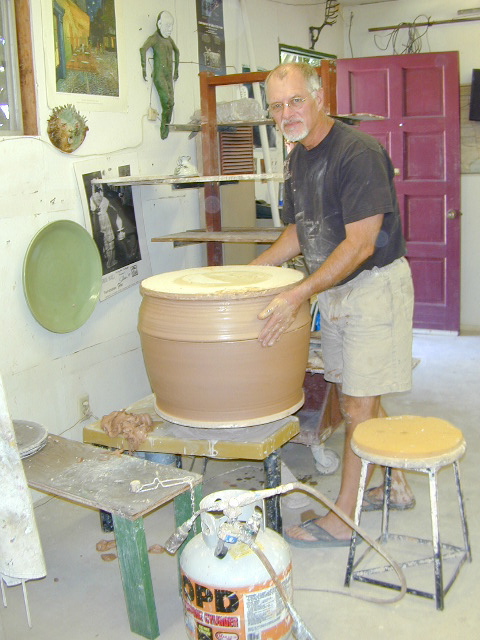
David Cuzick in the studio
David Cuzick: I graduated from ASU with a degree in Chemistry and a teaching credential. I taught science, at the high school level, for about seven years. I became interested in clay after taking two classes at Grossmont College. During a summer recess I built a kiln in my back yard and made a lot of pots. I discovered that I loved working with clay so much that I declined the science teaching job for the next semester and decided that I would try to make a living as a potter. Making enough money to survive was a struggle, but it became easier as time went on. I read many books related to kilns, firing, clay and glazes, and have always tried to keep learning more about the craft. I have been a full time studio potter for more than forty years. I have also taught ceramics at South Western College, Grossmont College and San Diego State University. I will continue to work with clay as long as I can walk out to my studio.
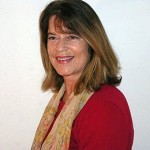
Elizabeth Woolrych
Elizabeth Woolrych: For many years, I was a professional dancer, in ballet and modern companies. Unlike crafts, the dancer is the art. I carefully studied the correct line and shape a dancer uses to perform. I loved to study the line between myself and the other dancers to make a complete shape. When I learned to be a potter, the line and shape of the pots and sculpture became my study.
Growing up I was a tomboy- the kind that would jump off a roof. I was lucky to have parents who kept us all involved in activities such as craft classes, horseback riding, swimming and dance. When I was 15, I wandered into a pottery studio to find that the teacher was a crafts’ teacher I’d had when I was about 11. Franklin Jew wasn’t keen about a teen-aged student, but I hung around during the classes and helped with anything I could until he let me join the class. We became great friends for many years.
I have many ceramic styles. Most of my work is high-fired stoneware. Most pieces are hand thrown on a potters’ wheel, then trimmed, and handles added if needed. Sometimes there is carving and incising or sculpture. After firing, each piece is glazed, then fired again to 2,350. Degrees F.
I also make Raku and Sagger ware, with sea weed or pine needles placed against the surface for texture and color.
I have been teaching for many years. During the summer and most Saturday, I teach Children’s classes. The kids really enjoy making things like animal sculptures, hand-built mugs and picture frames. I also teach pottery classes to adults in the evening. They learn the technique of throwing pots on a wheel or enjoy hand-building.
The possibilities of clay are endless. Although this is my career and I could safely be a production potter, I feel good about myself when I stretch artistically. That is why each piece I create is unique, and why I experiment with new techniques, materials and shapes.
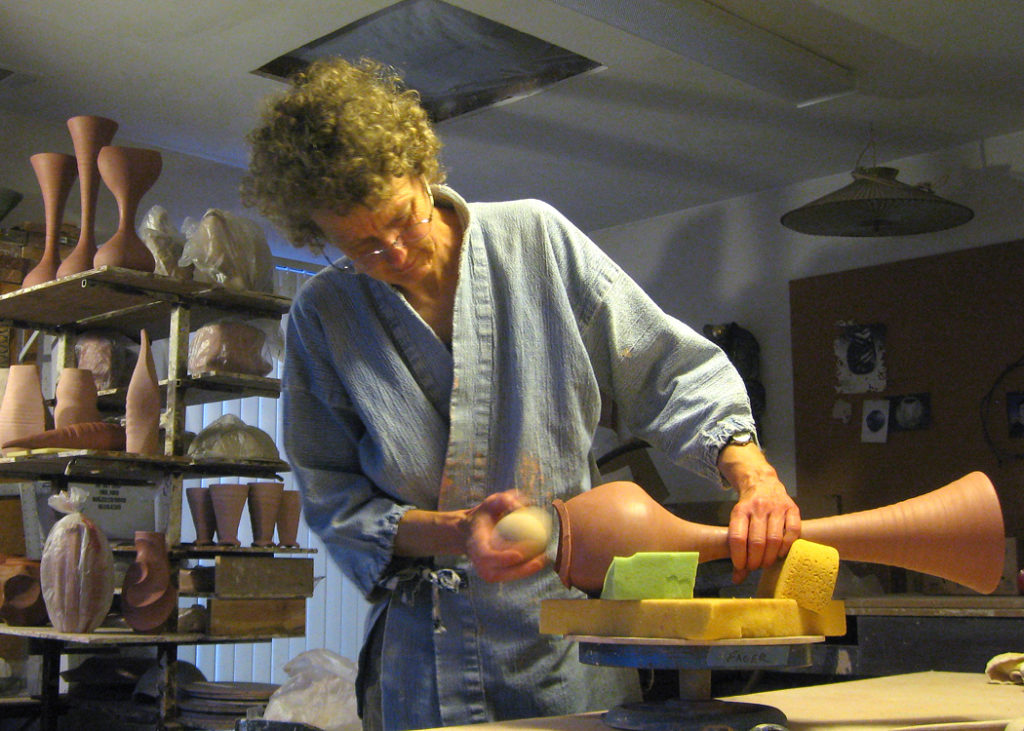
Ellen Fager in the studio
Ellen Fager: I learned my craft at the Crafts Center at UCSD. I took some classes and some workshops with famous people who came through, but mostly I just hung out, made pots, and pitched in whenever something needed doing – it was a very rich environment, and I got a pretty complete ceramic education.
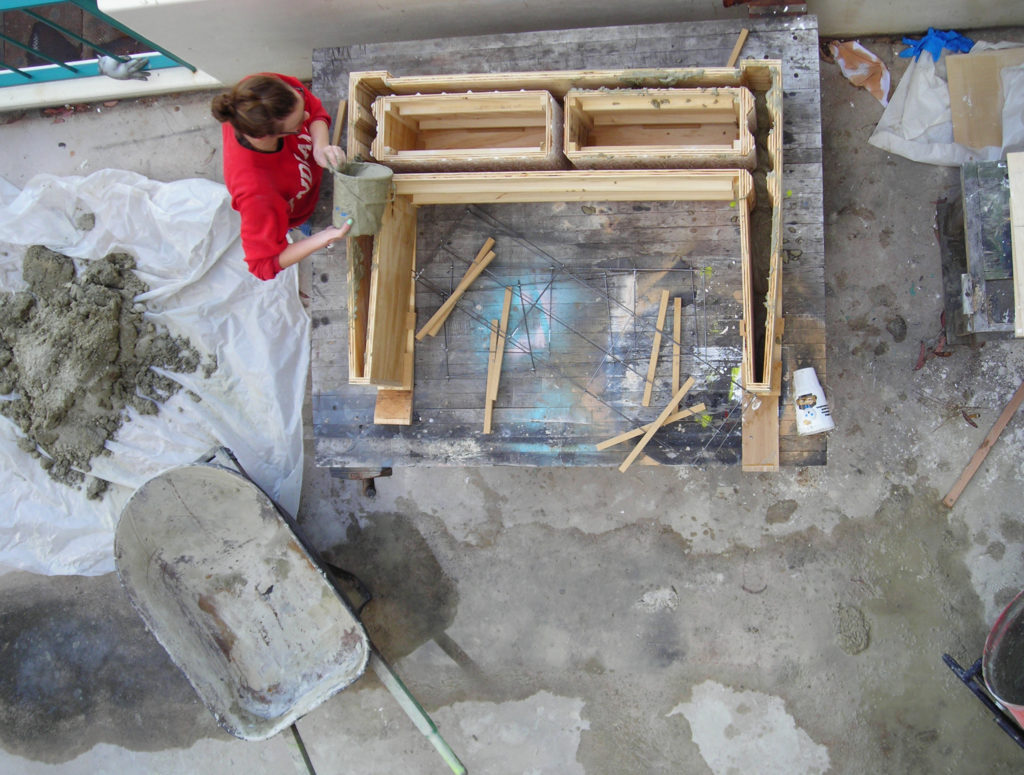
Erin Dace Behling in workshop
Erin Dace Behling: I was looking at art schools and was extremely surprised to see that furniture design was a program within some of the potential schools… I immediately knew that was the path I wanted to take. I graduated from Herron School of Art and Design with a BFA and made my way to San Diego to pursue my MFA in wood and furniture at SDSU.
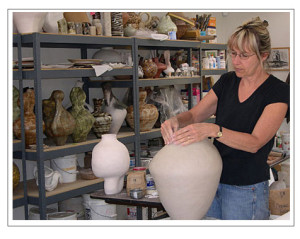
Gail Schneider in the studio
Gail Schneider: I studied art in school but most of the skills I use now are self-taught. I like to solve problems so figuring out how to make the object I desire is fascinating and challenging and frustrating but each new piece leads to others.
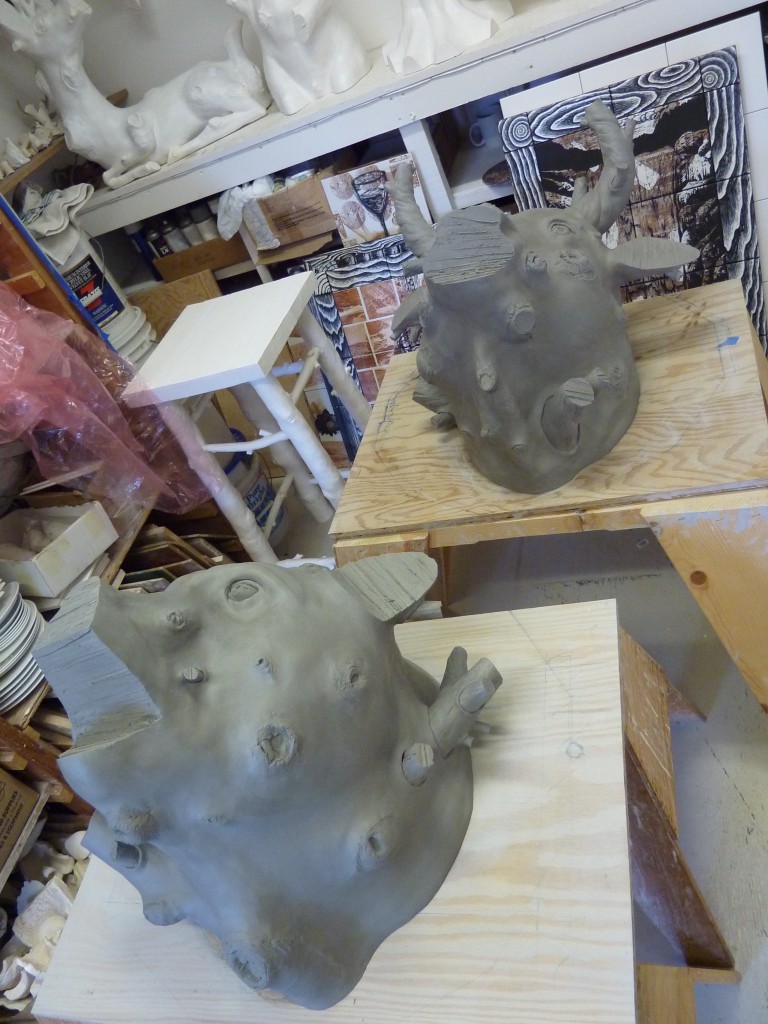
Works in progress in Jeff Irwin’s studio
Jeff Irwin: I have made art and objects as far back as I can remember. When I attended undergraduate school at Humboldt State University I was working mainly in painting and printmaking. I really enjoyed the processes and multiple techniques of printing especially. In taking a ceramics class I found that I enjoyed working with clay because it was not about creating an illusion but creating reality or dimensionality. It also involved processes and multiple techniques like printmaking. I interacted with the piece more as it developed and responded to the space it filled. Though I still incorporate some illusionistic drawing into my ceramics I more often than not focus on the form and texture of a piece. I am always excited to see the two dimensional sketches I draw turn into the three dimensional forms that are my finished products.
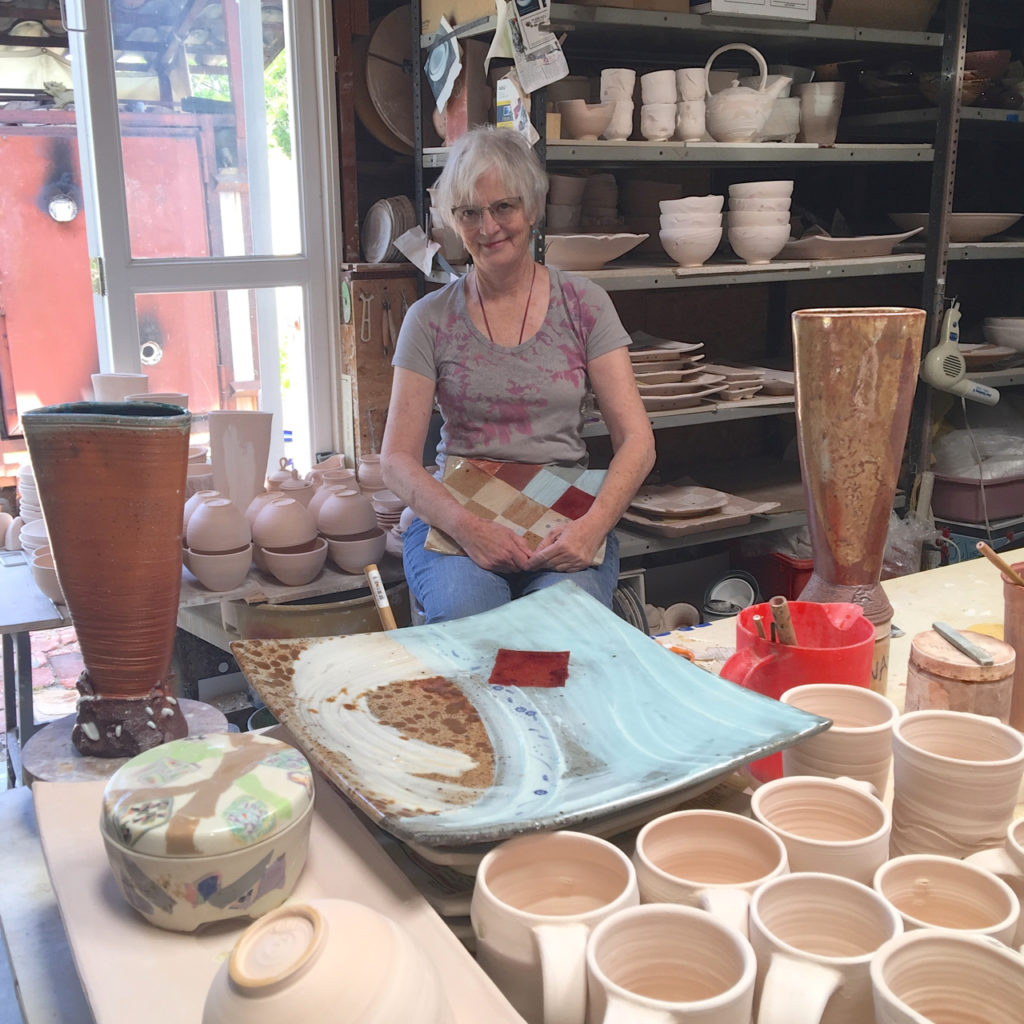
Julie Thompson in the studio
Julie Thompson: I studied and received degrees from San Diego State and University of Northern Iowa. My first ceramics teacher, in high school, was Keith Stephens, an Allied Craftsmen member. He told me to keep working and to join him in Allied Craftsmen when I was older. And I did. That’s the formal training, and a very good start. The rest of my education is still happening, and comes from doing. From repetition that gradually refines a form. From looking at the work of other potters, ancient and modern. And nature. And the material itself. There’s no lack of good teachers.
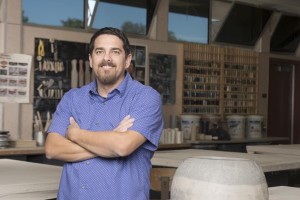
Levi Casias
Levi Casias: I apprenticed at a local potter’s studio during my formative years, that has made a large impact on my thinking and making. During my undergraduate years, I studied under Richard DeVore and Kenneth Hendry in Pottery and Gary Voss in Sculpture. I received a dual B.F.A. in pottery and sculpture from Colorado State University. I also studied abroad in Cortona, Italy with Tony Marsh. I completed my M.F.A. at San Diego State University and studied under Joanne Hayakawa and Richard Burkett.
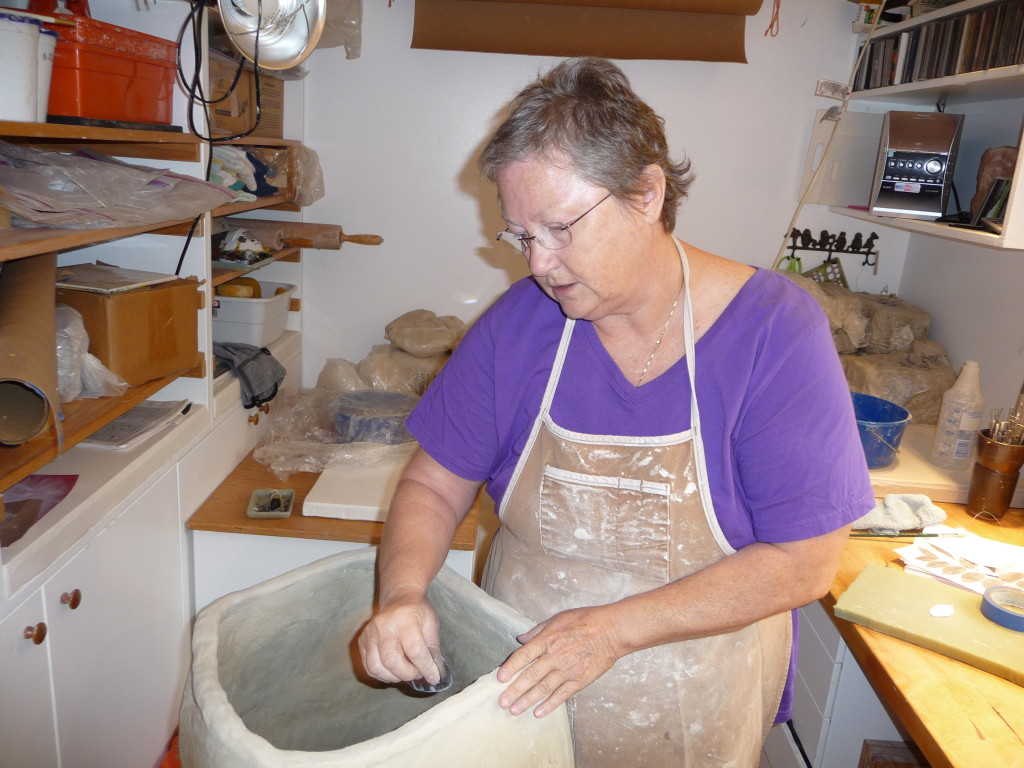
Linda Litteral in the studio
Linda Litteral: I was working at Buck Knives as a tooling and product designer when my husband was transferred to Charleston, SC. Unable to find a job, I had seen some porcelain earrings and thought, how hard can that be to make? I found Duke’s School of Clay and Fine Arts and began classes. I never did do any earrings. The carving came naturally to me and I was carving flower vase forms for a company that made molds to make multiples of the carvings. I also began sculpting at that time.
My husband was then transferred to Portsmouth, NH. where I decided to return to college to finish my engineering degree. It rapidly became apparent that I wanted to take art classes much more than engineering. Again, being transferred back to San Diego I started taking ceramic classes from Les Lawrence at Grossmont College. I moved on to SDSU and finished my Bachelors in Applied Design. As an older student, mother and wife, I was unable to move to go to graduate school. I was happy to be able to do my MFA at SDSU which I finished in 2003. I was 48. I then started teaching as an adjunct at several local colleges, Les Lawrence at Grossmont College was the first to hire me.
Now I do Art and teach private classes.
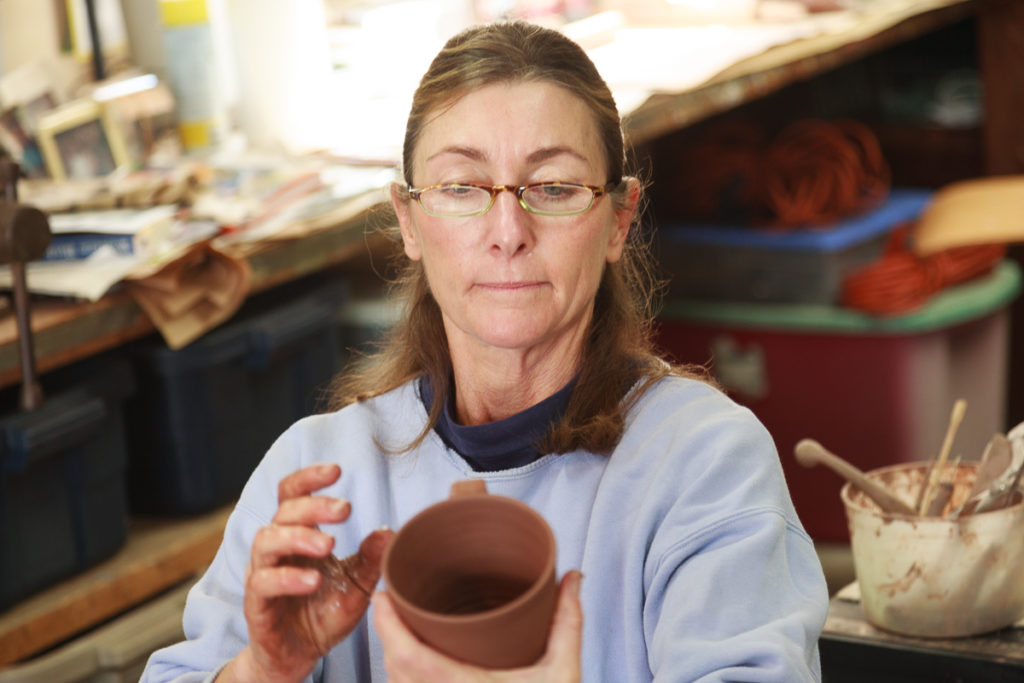
Lisa Maher at work
Lisa Maher: Over 20 years ago, I enrolled in John Conrad’s ceramics class at Mesa College in San Diego. This class allowed me to develop my pottery throwing and hand building techniques. John quickly became a mentor opening a world of creativity to me. Soon after, I built a pottery studio where I have spent countless hours exploring my creativity. For many years, I have participated in intensive ceramic workshops at Anderson Ranch in Colorado each summer. I continue to strive to gain as much knowledge as possible from my craft, as the learning curve is endless. My studio continues to be my ‘happy place’.
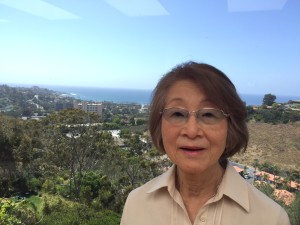
Minako Lee
Minako Lee: Decades ago when I came to the States to study, I was so surprised to know there were ceramics classes all over, at schools, museums and community centers, etc.. I was interested in ceramics in Japan where I was born and raised. But, at that time, the trade of ceramics was within the closed circle of the family owned business. They carried on the trade within the family and handed down the business from one generation to another. No outsiders were allowed to learn the skill. There were no classes for them. So when I was supposed to enroll in comparative literature classes in America, I spent some time for ceramics. I started taking classes at local museums and community centers. It lasted for a less than a year because of the important roll of motherhood.
Years later, my husband got a position at U.C.S.D., so we moved to San Diego and found the Crafts Center at the university. After our children reached high school level, I decided to get back to my own field. Instead of finishing the final stage of comparative literature degree, my choice was to pick up ceramics, which I started in my twenties. And here I am, still playing with mud. Creating something exciting at least for myself.
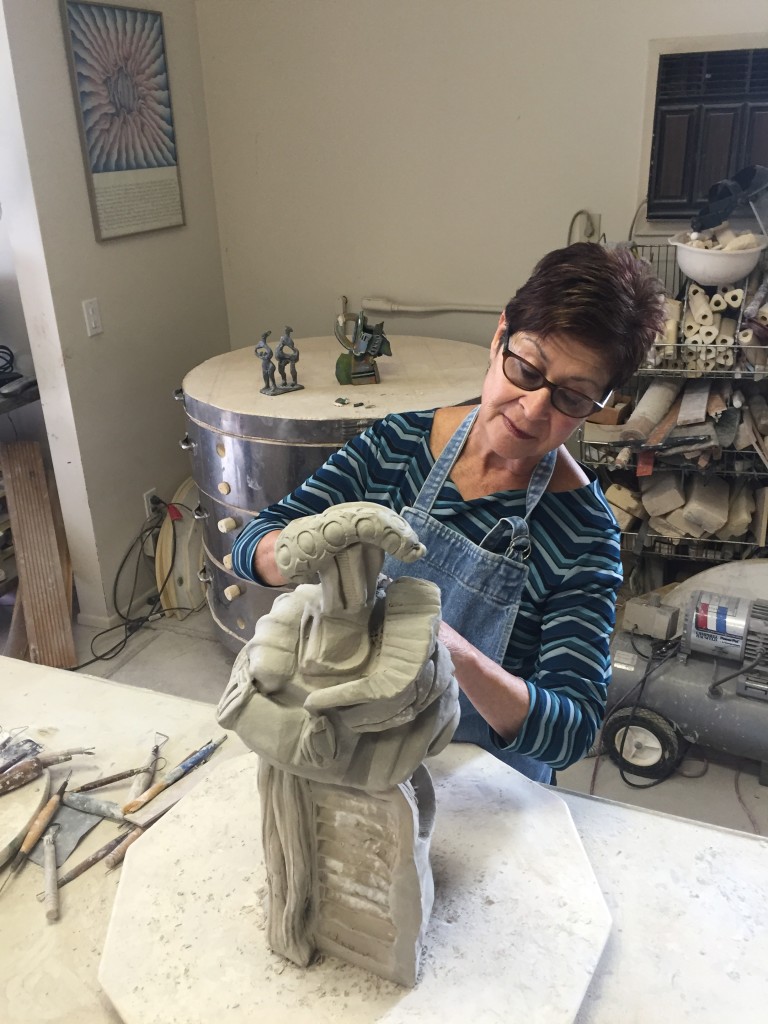
Sandra Berlin-Kroll in the studio
Sandra Berlin-Kroll: In addition to my degree in Art Education, I continued my studies At Grossmont Community College where I took classes in Sculpture, Bronze casting, advanced ceramics, and special studies classes. I later joined the faculty as adjunct professor of ceramics. Every year I’d try to attend the California Conference for Ceramics Artists at Davis California ,where there are workshops, demonstrations by leading ceramicists and numerous Juried art shows at local galleries that were stimulating and revealing of the new trends in ceramic sculpture. Above all there is a deep underlying influence of Robert Arneson, Richard Shaw, Robert Hudson and my late dear friend Jerry Rothman who were some of the leaders in the innovative California progressive clay movement. I also attempted to get to San Francisco when there was a unique ceramic show featured at the then Quay or Braustein galleries where all the new innovative ceramic work was being shown. All these factors contribute to making my work what it is today. However, the most important element I have learned is to take risks and some of my best pieces have evolved because of this attitude.
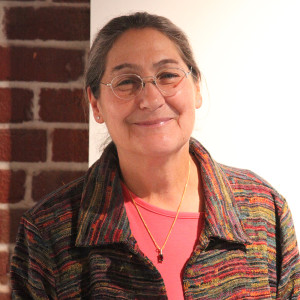
Sheila Moran
Sheila Moran: When I was a kid my father died at a young age. A friend of my mother suggested that she enroll in art classes since I enjoyed it so much. They though it would be cathartic for me. I started talking lessons from a local sculptor and have continued making my work ever since.
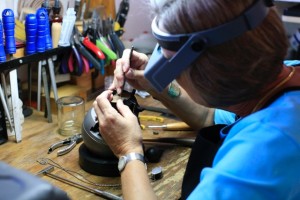
Susan Ronan setting the sapphires on the neckpiece “Luna” for Allied Craftsman 2016
Susan Ronan: I hold a Bachelors of Science degree in Interior Design, working and teaching in that field for almost twenty years. I began learning my craft through the Community College classes the I took recreationally and continued with national and international workshops with noted artists in my field, learning a variety of skills for my “bag of tools.” I have now been working professionally for twenty years in designing and making studio jewelry and still love it as much as I did when I began!
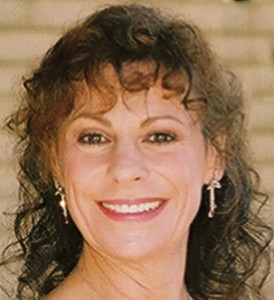
Viviana Lombrozo
Viviana Lombrozo: I have been a maker as far back as I can remember. I was very fortunate to grow up in a family that supported and encouraged my efforts. Although, I went to college to obtain a BA in a field unrelated to art, I went back to college again in Mexico City and then at the University of California in San Diego and received my degree in Visual Arts.
In addition, I have taken many graduate courses and specialized classes and workshops to learn specific techniques that have given me the tools to create in a variety of media.
My mother taught me how to sew and knit at a very early age. I have always been fascinated with the tactility and pliability of fabric and have used it on and off throughout my artistic career.
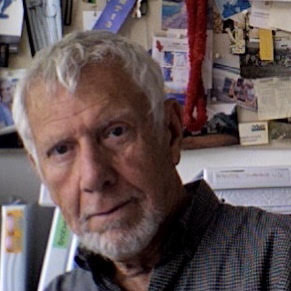
Warren Bakley
Warren Bakley: My introduction to clay was in New Jersey at age seven. The clay lay luminous white beneath the clear water of a natural spring surrounded by grasses growing through a sandy reddish soil. From this clay, I made a small pinch pot that was fired in the oven of a wood stove. The pot did not survive, but my interest in clay and its possibilities did. The education of designers and architects very often includes classes in ceramics as an introduction to three-dimensional form. It was in a class such as this that the clay again captured my attention and sparked an intense interest in the ceramic arts that has lasted a lifetime.
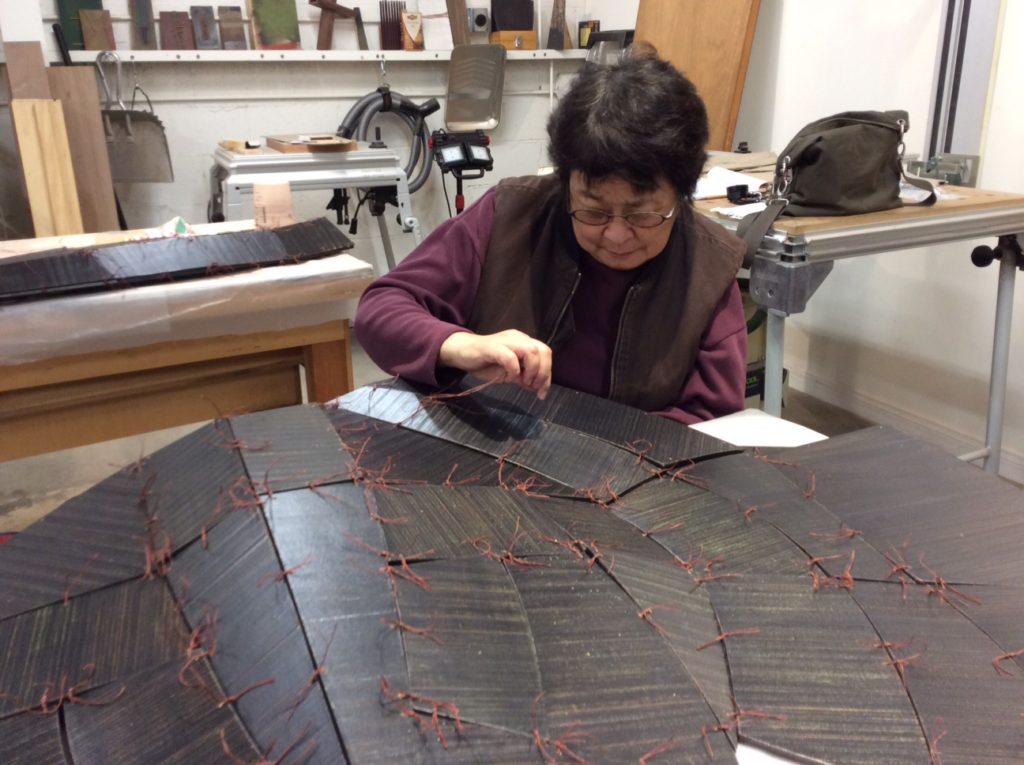
Wendy Maruyama in the studio
Wendy Maruyama: I first became interested in woodworking when I enrolled in a craft class at Southwestern College. I was fascinated in furniture as an art form vs traditional woodworking, so I was influenced by the work of Wendell Castle, Jack Rogers Hopkins, and Larry Hunter in those days (1970).
I went on to study with Larry at San Diego State University, then studied traditional woodworking in Boston MA with Jere Osgood and Alphonse Mattia. Eventually I got my MFA from Rochester Institute of Technology working with Bill Keyser.
It was a challenge at that time because there were so few women in the field, and woodworking is still considered to be a “man’s world”. When I was a student it was impossible to find a part time job working in a Woodshop – no one would hire me. So I had to work in the kitchen at a restaurant or as a housekeeper.
I figured I’d better get good at this because it was the only thing I could imagine doing for a living. I suppose that was a subconscious motivation for my success in the field.

